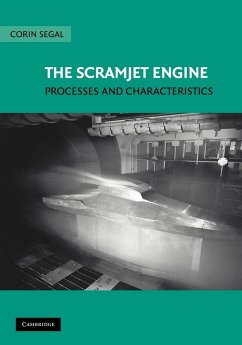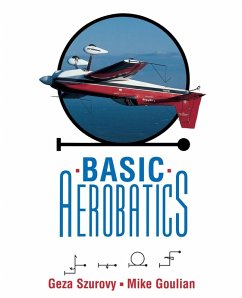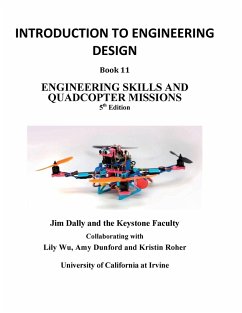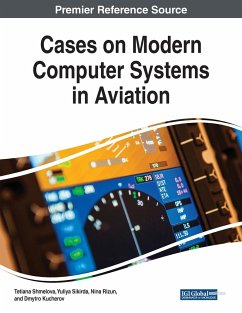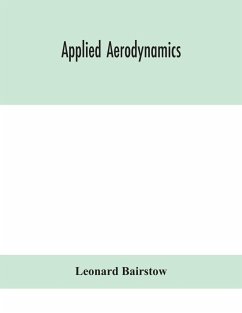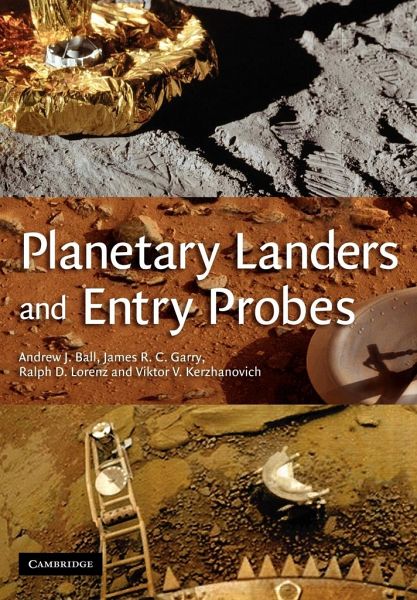
Planetary Landers and Entry Probes
Versandkostenfrei!
Versandfertig in 1-2 Wochen
64,99 €
inkl. MwSt.
Weitere Ausgaben:

PAYBACK Punkte
32 °P sammeln!
This book provides a concise but broad overview of the engineering, science and flight history of planetary landers and atmospheric entry probes designed to explore the atmospheres and surfaces of other planets. It covers engineering aspects specific to such vehicles which are not usually treated in traditional spacecraft engineering texts. Examples are drawn from over thirty different lander and entry probe designs that have been used for lunar and planetary missions since the early 1960s. The authors provide detailed illustrations of many vehicle designs from different international space pr...
This book provides a concise but broad overview of the engineering, science and flight history of planetary landers and atmospheric entry probes designed to explore the atmospheres and surfaces of other planets. It covers engineering aspects specific to such vehicles which are not usually treated in traditional spacecraft engineering texts. Examples are drawn from over thirty different lander and entry probe designs that have been used for lunar and planetary missions since the early 1960s. The authors provide detailed illustrations of many vehicle designs from different international space programs, and give basic information on their missions and payloads, irrespective of the mission's success or failure. Several missions are discussed in more detail to demonstrate the broad range of the challenges involved and the solutions implemented. This will form an important reference for professionals, academic researchers and graduate students involved in planetary science, aerospace engineering and space mission development.





